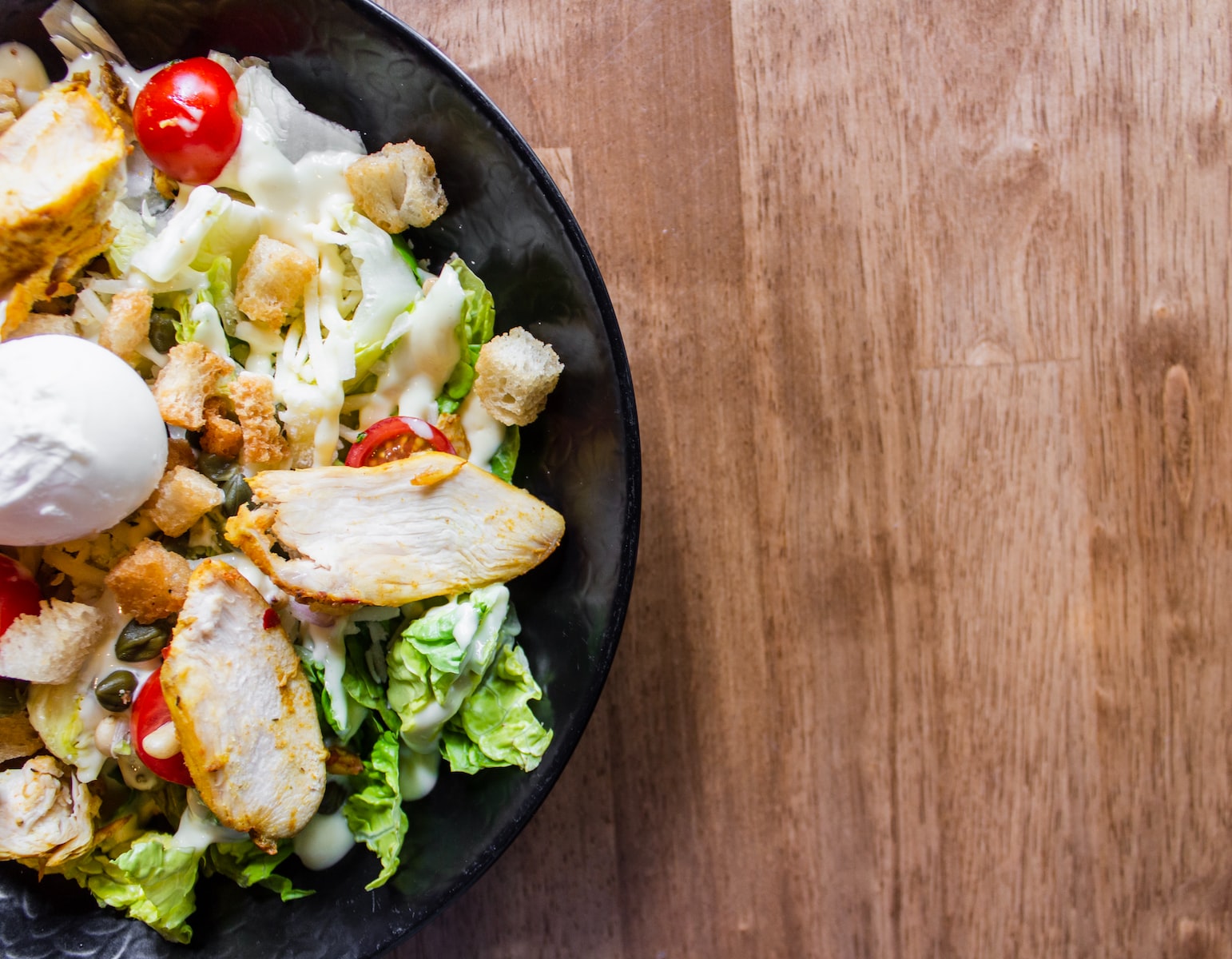The ketogenic diet, commonly known as the “keto diet,” is a low-carb, high-fat eating plan that has been shown to promote weight loss and improve certain health conditions. The idea behind the diet is to drastically reduce carbohydrate intake and replace it with healthy fats in order to put the body in a state of ketosis, where it burns fat for energy instead of glucose. This process results in the body producing ketones, which are molecules produced by the liver during fat metabolism. By following a keto diet, the body is able to access its stored fat for energy, resulting in weight loss. In addition to weight loss, the keto diet has been studied for its potential benefits in managing certain health conditions such as epilepsy, type 2 diabetes, and even some cancers. The keto diet can also improve blood sugar control, lower insulin levels, and increase satiety, making it a popular choice for those looking to improve their overall health and wellness. However, it is important to consult with a healthcare professional before starting any new diet plan, especially if you have any underlying health condition.
Practical Ways to Get Into Keto Diet Much Faster
Eat More Healthy Fats
Eating more healthy fats is an important aspect of the keto diet. Healthy fats, such as those found in avocado, olive oil, nuts, and seeds, are essential for providing energy, supporting heart health, and promoting a feeling of fullness. They also play a vital role in hormone production and brain function. Incorporating healthy fats into your diet, such as cooking with coconut oil, adding avocado to your salads, and snacking on nuts and seeds, can help support your body’s transition into ketosis and ensure that you are getting the necessary nutrients while following the keto diet.
Start Eating Low Carb
Reducing your intake of carbohydrates is another key aspect of the keto diet. Low-carb foods, such as meats, fish, eggs, vegetables, and healthy fats, should make up the majority of your diet. To start eating low-carb, it is important to limit or eliminate processed foods, sugary foods, and grains. Instead, focus on incorporating more non-starchy vegetables into your meals, such as spinach, broccoli, and cauliflower. Another tip for cutting down on carbs is to replace high-carb foods with low-carb alternatives, such as using cauliflower rice instead of regular rice or using lettuce wraps instead of bread. By making these simple swaps and being mindful of your carb intake, you can successfully transition to a low-carb diet and start reaping the benefits of the keto diet.
Boost Ketone Levels with an Exogenous Ketone Base
Boosting ketone levels with an exogenous ketone base is a great way to support your body’s transition into ketosis and increase the effectiveness of the keto diet. Exogenous ketones are ketone supplements that can be taken in the form of powder, capsules, or even drinks. They provide the body with an immediate source of ketones, which can help increase energy levels and mental clarity. By taking exogenous ketones, you can help support your body’s ability to burn fat for energy and increase the rate of weight loss. To use exogenous ketones, it is recommended to start with a low dose and gradually increase as your body becomes more adapted to the ketogenic diet.
Hit the Gym
Exercise is an important aspect of the keto diet as it not only helps to increase weight loss but also improves overall health. Resistance training such as weightlifting and bodyweight exercises are the most effective types of exercise for the keto diet as they help to build muscle mass and increase metabolism. Cardio exercises such as running, cycling, and swimming can also be beneficial for the keto diet, but it is important to note that endurance exercise may require more adaptation for those who are new to the keto diet.
Measure Your Ketone Levels
Measuring your ketone levels is an important aspect of the keto diet as it helps you to track your progress and ensure that you are in a state of ketosis. There are several ways to measure ketone levels, including using urine test strips, blood ketone meters, and breath analyzers. By measuring your ketone levels, you can adjust your diet and exercise routine as needed to ensure that you are in a state of ketosis and getting the most out of the keto diet.
Take Medium-Chain Triglycerides
Medium-chain triglycerides (MCTs) are a type of fat that can be particularly beneficial for the keto diet. MCTs are easily absorbed and metabolized by the body, which makes them an excellent source of energy. They can also help to increase ketone levels and improve weight loss. To incorporate MCTs into your diet, try adding coconut oil or MCT oil to your coffee or smoothies, or taking a supplement in the form of capsules or powder.
Try Fasting
Fasting can be a beneficial addition to the keto diet as it helps to increase ketone levels, improve weight loss, and promote overall health. Intermittent fasting, where you eat within a specific window of time, can be a simple and effective way to incorporate fasting into your keto diet. Another option is to try longer fasts, such as a 24-hour fast once or twice a week. It’s important to note that if you’re new to fasting, it’s best to start with shorter fasting periods and gradually increase the duration as your body adapts. It’s also important to listen to your body and stop if you feel unwell.
Don’t Go Over the Top with Protein Intake
Protein is an important nutrient for the keto diet, but it is important not to go over the top with protein intake as it can kick you out of ketosis. The recommended amount of protein on a keto diet is about 1.5-2 grams per kilogram of lean body mass per day. To ensure that you’re not consuming too much protein, focus on incorporating lean protein sources such as chicken, fish, and eggs, and be mindful of portion sizes. It’s also important to balance protein intake with adequate amounts of healthy fats and non-starchy vegetables to ensure that you’re getting the right macronutrient balance for the keto diet.
In conclusion, the ketogenic diet, also known as the “keto diet,” is a low-carb, high-fat eating plan that has been shown to promote weight loss and improve certain health conditions. By following a keto diet, the body is able to access its stored fat for energy, resulting in weight loss. The diet has been studied for its potential benefits in managing certain health conditions such as epilepsy, type 2 diabetes, and even some cancers. However, it’s important to keep in mind that starting any new diet plan, especially the keto diet, should be done under the guidance of a healthcare professional to ensure safe and effective results.
Some of the key takeaways from this guide include the importance of incorporating healthy fats, reducing carbohydrate intake, and using exogenous ketones to support ketosis. Additionally, exercising and monitoring ketone levels can also be beneficial for the keto diet. Finally, it’s important to be mindful of not consuming too much protein and to be aware of the potential risks of the diet.
We hope that this guide has provided you with valuable information on the keto diet and has encouraged you to give it a try. Remember to always consult with a healthcare professional before starting any new diet plan to ensure that it is safe and appropriate for you. With the guidance of a healthcare professional, and by following the practical tips outlined in this guide, you can successfully transition to the keto diet and start reaping its many potential benefits. As with any diet, it is important to be consistent and stick to the plan to see the best results. It may take some time for your body to adapt, but once it does, you’ll start to feel the positive effects of the keto diet on your energy levels, mood, and overall health. Remember to listen to your body, track your progress, and make adjustments as needed. With a little bit of patience and determination, you can achieve your health and wellness goals with the keto diet.










Leave a Reply